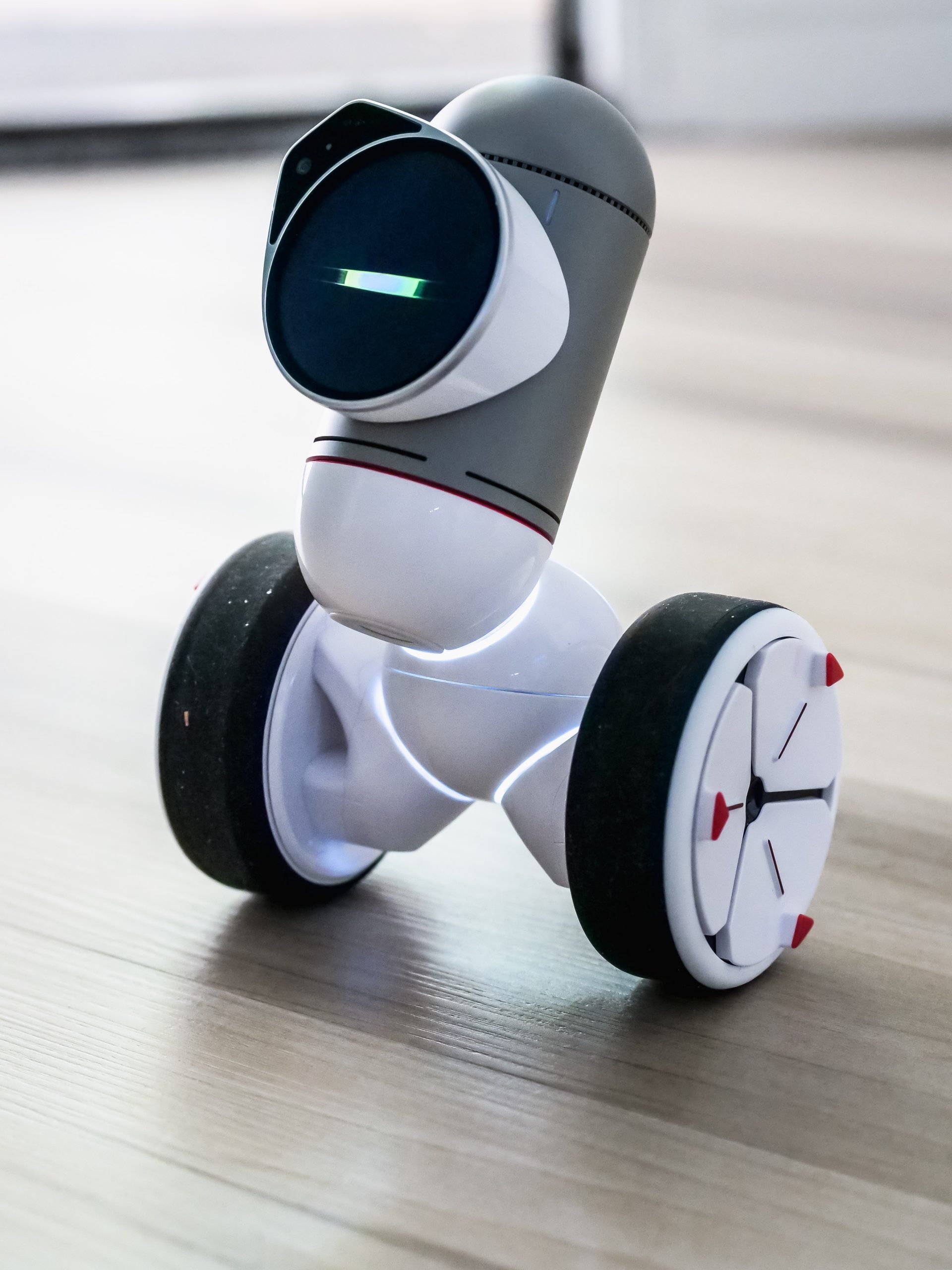There has been much debate over which work model is best for companies to embrace, and the passing of time and rapidly changing trends aren’t making business leaders any smarter. With so many things happening all at once all the time, it is not difficult to guess how settling for a single decision may be difficult.
However, nothing is ever set in stone. There are many hybrid work models out there, all of which can evolve into something completely different. The only thing that needs to be brainstormed ASAP is how to address the transition properly so it doesn’t affect business operations.
Let’s take a look at four work models that have proved to be successful.
In-Office
In-office work has been around the longest and is, hence, the usual model job applicants expect to get. Most of them, anyway.
The good sides of office work are face-to-face communication, instant access to resources and first-hand advice.
However, for in-office models to be successful, businesses need to have a Chief Learning Officer. This practice ensures that learning is taking place from day one and that time isn’t being wasted on collecting information that is readily available but often poorly distributed.
Hybrid
Basically, there are six hybrid work models companies can pick from, as follows:
- Partially remote work, with flexible office space – no permanent offices; rented flex space used for periodic collaboration (but not connectivity)
- Almost entirely on premises – limited remote work, large office space the majority of managers and workers
- Partially remote work, multiple hubs – multiple offices with the workforce dispersed among them
- Partially remote work, large office space – the majority of managers and workers spend most, but not all, of their time at the office
- Almost entirely off premises – mostly remote work with no office space
- Multiple microhubs – management and employees are dispersed across small microhubs located in different cities (or countries, depending on the scope of your business operations)
Depending on the structure of your teams, you may offer different work models to different people and get the best of two worlds or you can simply go remote and save massively on office rent.
However, it is crucial to remember that interpersonal communication must remain intact no matter the work model. That is to say, remote teams must get proper apps and tools and directed how to keep communication alive.
Remote
Remote work is becoming more and more attractive to more and more people. Prior to the onset of the latest pandemic, only certain job applicants were looking for remote work. Nowadays, the number of people looking for the freedom that remote work brings is rapidly rising.
Businesses that were forced to apply this work model for the reason mentioned above at first had difficulties addressing employee engagement but everything seems to have fallen into place since.
However, keep in mind that remote work portends different things to different people. There are gig workers, traditional workers looking for fixed working hours from the freedom of their home, digital nomads, sole proprietors who want to be contractors, and so on and so forth.
It is, therefore, crucial to rethink the contract types your business offers, as you wouldn’t want to micc on the talents looking for specific deals. Think it over!
Digital Nomadism
Digital nomadism is a rising trend but it’s not for suitable for people without some savings (“considerable savings” may be a better term).
With more and more countries offering digital nomad visas in an attempt to attract capital to alleviate the post-pandemic shock and with the global uncertainty we’re witnessing these days, it is advisable for businesses to consider hiring digital nomads.
Keep in mind that some digital nomads hold dual citizenships while others may have foregone their U.S. citizenship (usually for tax reasons), so again, consider the contract types your business offers to new hires.
No matter which of the work models (or a combination thereof) you pick, always think ahead. Circumstances seem to be changing on a daily basis, so it is always a good idea to have a back up option, especially if you haven’t consider hybrid work models yet.
Finally, even though there’s no one-size-fits-all approach suitable for all businesses, each and every one of them still may pick a suitable combination and transition towards sustainable models that will pay off in the long run at their own pace.
To be able to do that, you’ll need to apply the latest tech, provide meaningful and accessible learning solutions, and keep all employees in the loop. With regard to the latter, pay particular attention to frontline employees as they customarily tend to get neglected by employers. Make sure you’re making their tasks easier and that their managers are properly trained (first-hand field experience included).
Over time, you’ll be able to assemble best practices and move towards the customized winning work model combination that works best for your business.



